While the iPhone is designed to self-maintain, apps that run in the background consume more battery and resources, so in some cases it can be useful to stop certains apps from running in the background.
You can modify the settings to stop the apps from running in the background. Alternatively, you can put your iPhone in power saving mode to prevent apps from automatically running in the background.
Specific apps can also be manually stopped from running in the background.
- How do I turn off apps running in the background on my iPhone?
- How do I know what is running in the background on my iPhone?
- Why do apps run in the background iPhone?
- Should you keep apps running in the background iPhone?
- Should I turn off background app refresh on my iPhone?
- How long will an iOS app stay in the background?
- Do I need to close apps on my iPhone?
- How do you keep apps running in the background on an iPhone?
How do I turn off apps running in the background on my iPhone?
The following are two easy approaches for prevent apps from running in the background.
Approach #1: turn off Background App Refresh
To turn off apps running in the background on your iPhone:
- Open “Settings” > “General”.
- Tap “Background App Refresh”.
- Toggle off “Background App Refresh”
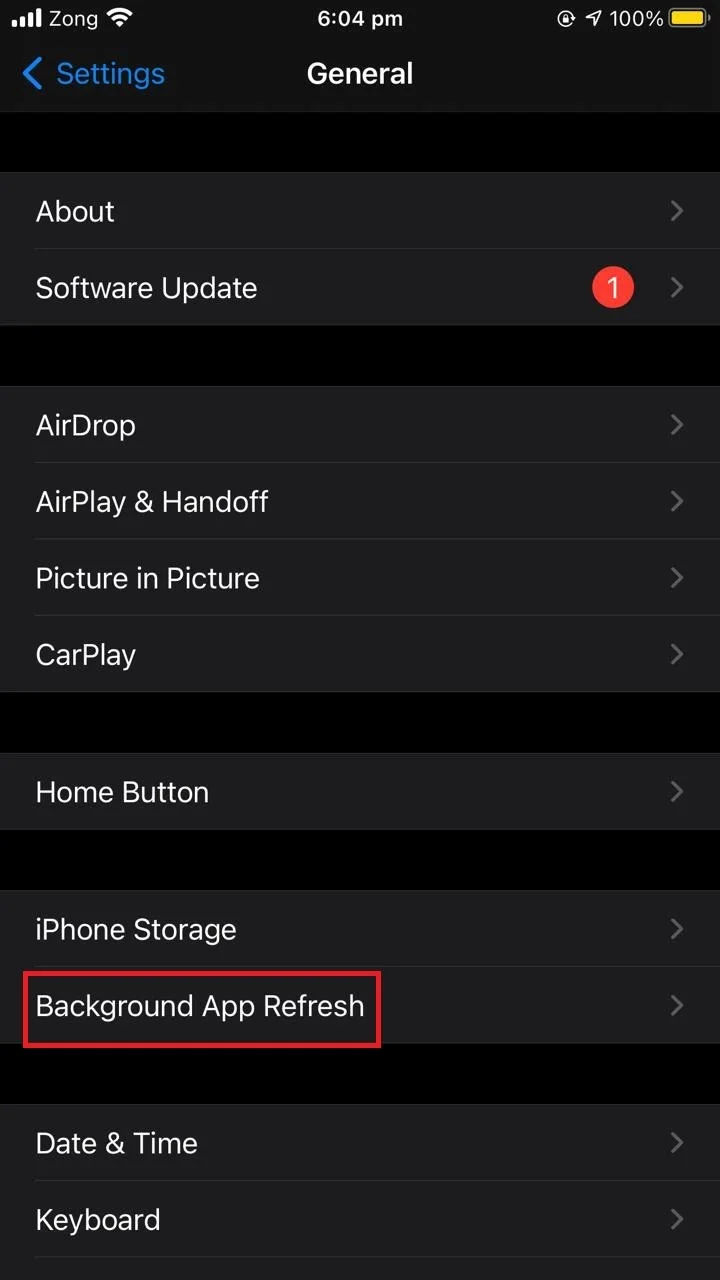
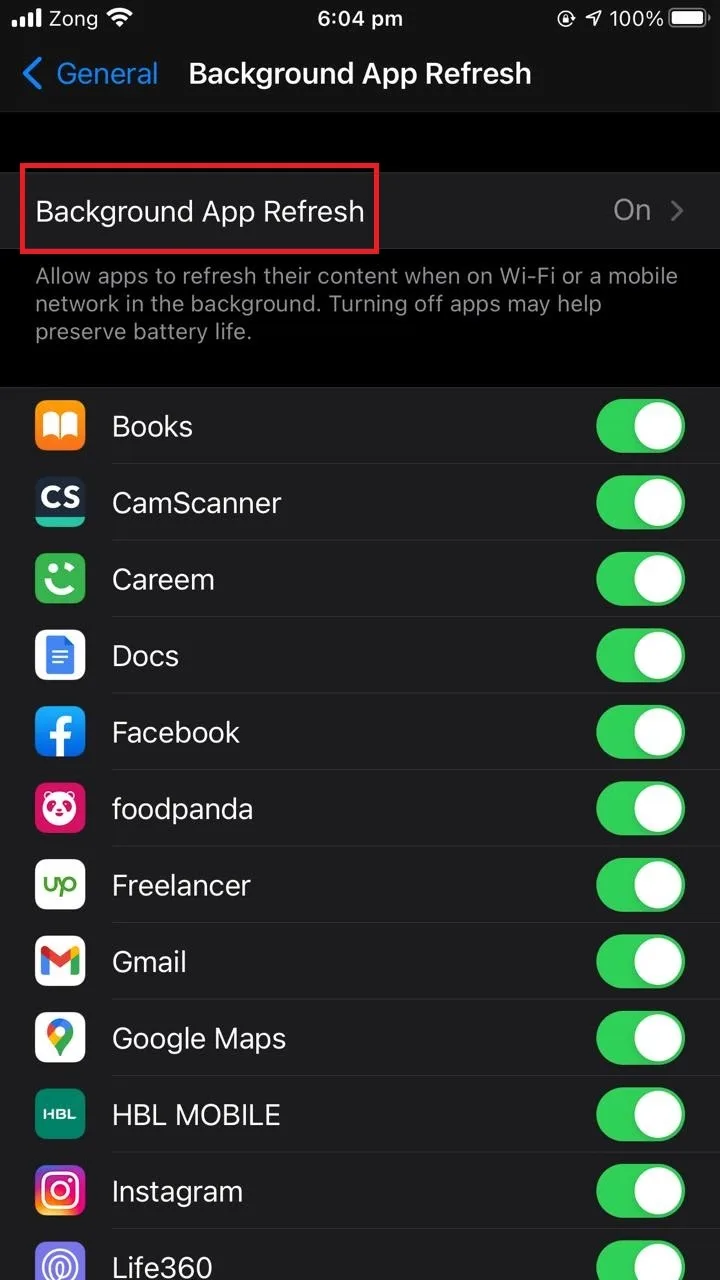
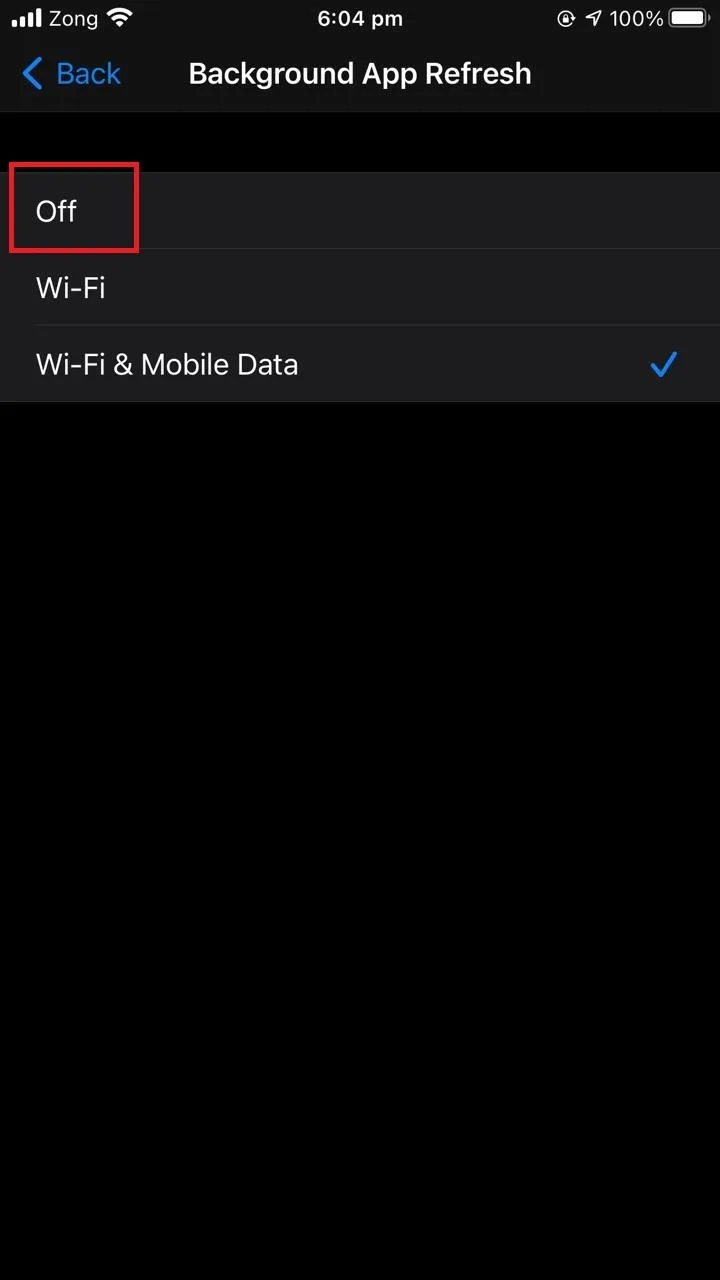
Alternatively, to prevent specific apps from running in the background, toggle off the switch next to the apps that want to turn off:
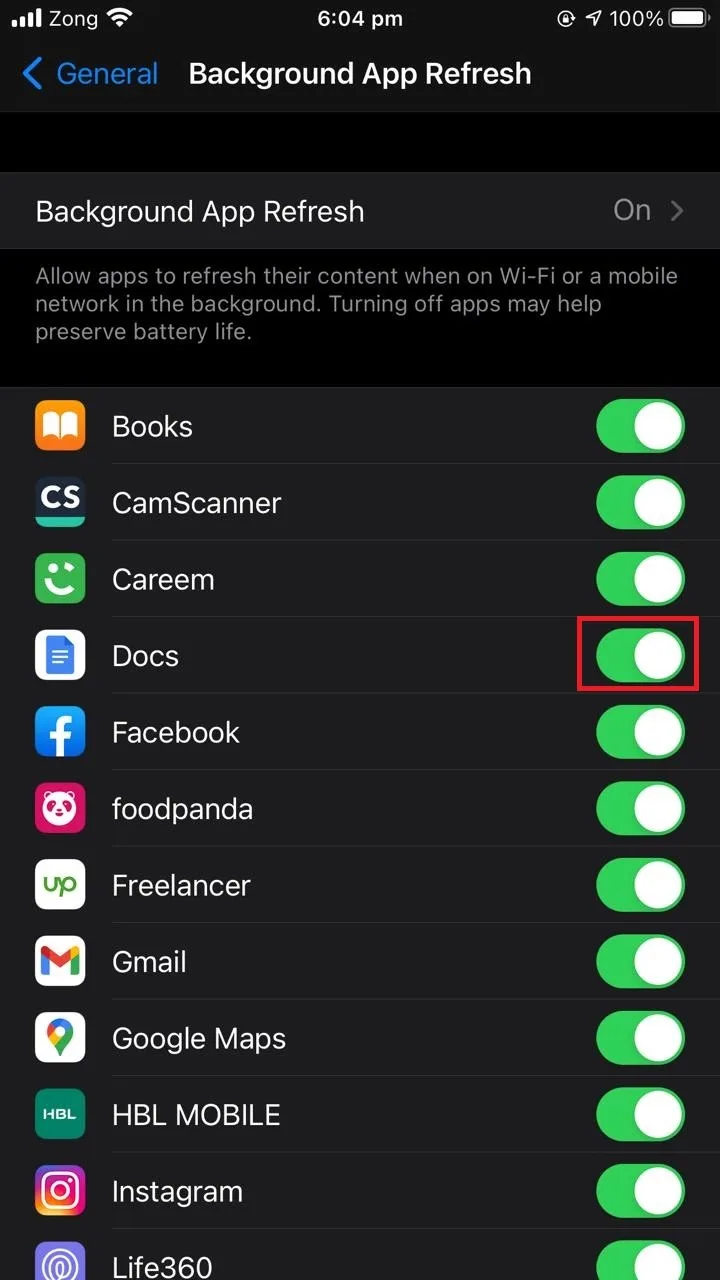
Approach #2: turn on power saving mode
You can also put your phone on power saving mode to stop apps from running in the backgroundt:
- Open “Control Center”.
- Tap “Battery”.
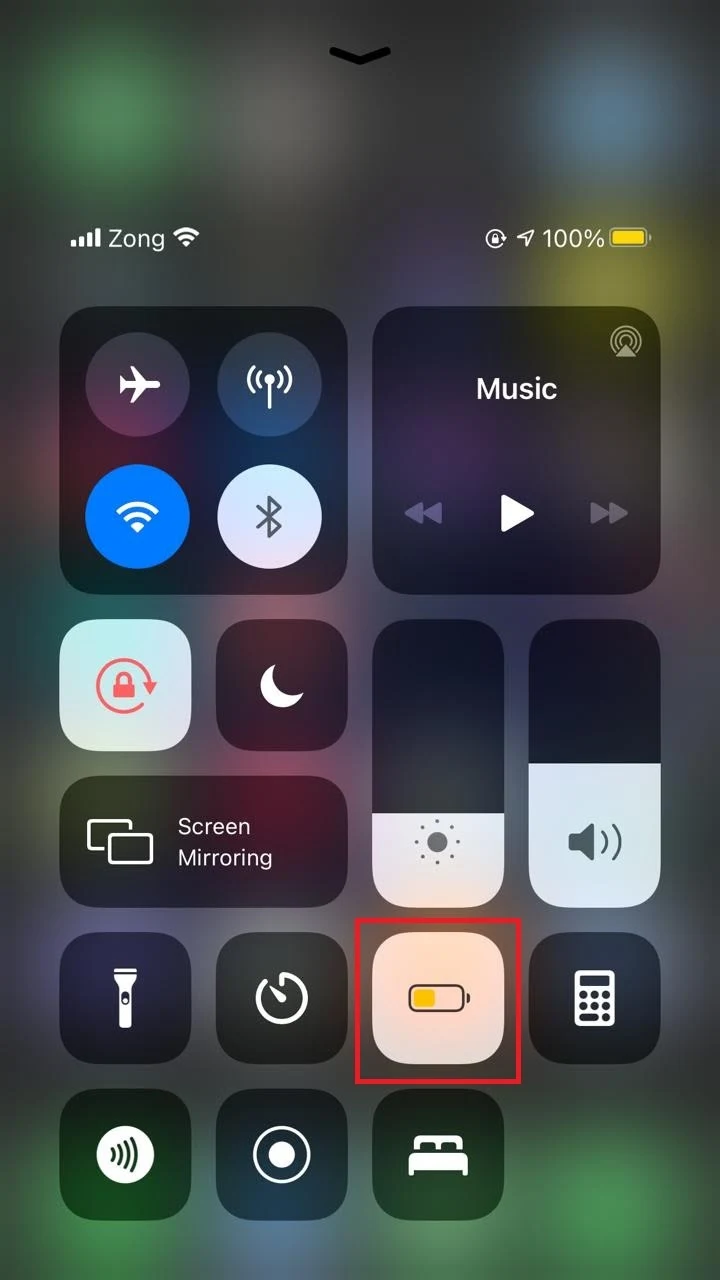
How do I know what is running in the background on my iPhone?
To find out what user apps are running in the background:
- Double press the home button if your device has one. If your iPhone does not have a home button, simply swipe up.
- View the list of running apps.
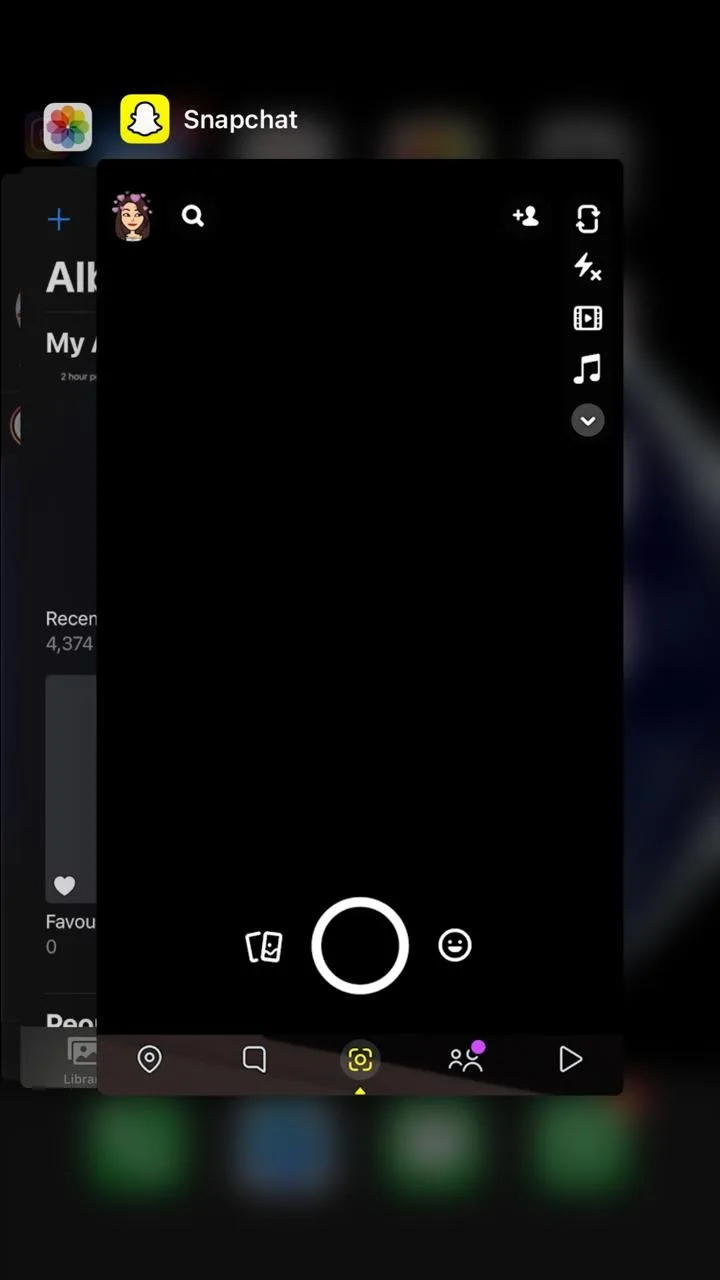
These are the apps that you’ve opened and that are currently running in the background.
Note that certain apps are allowed to run background processes but will not appear in this list.
To see what apps have the permission to run in the background:
- Open Settings > General.
- Tap on “Background Refresh Apps”.
- Apps that are allowed to run in the background will have the switch toggled on.
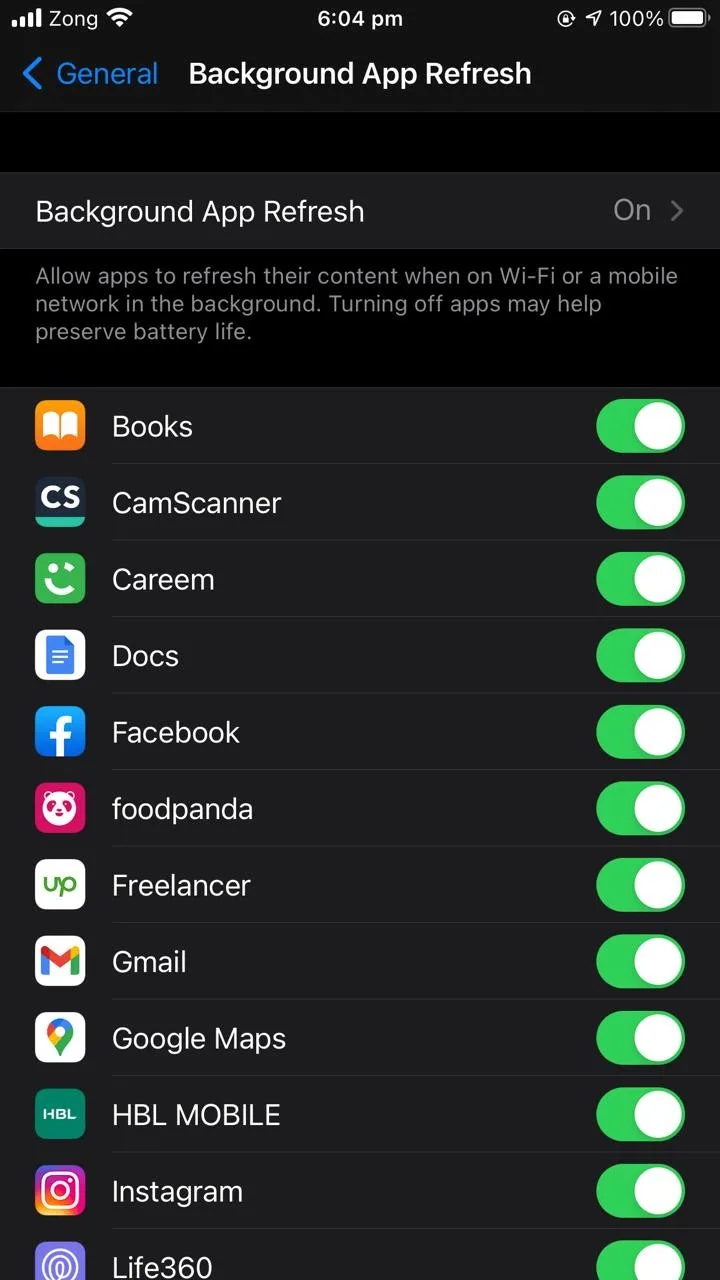
Which iPhone apps use the most battery?
Video platforms like Netflix and Youtube tend to consume the most battery. However, this depends on your usage and the permissions you have given to the apps.
To see which iPhone apps are consuming the most battery on your device:
- Open Settings > Battery.
- Scroll down to view the apps and battery consumption percentage listed in descending order.
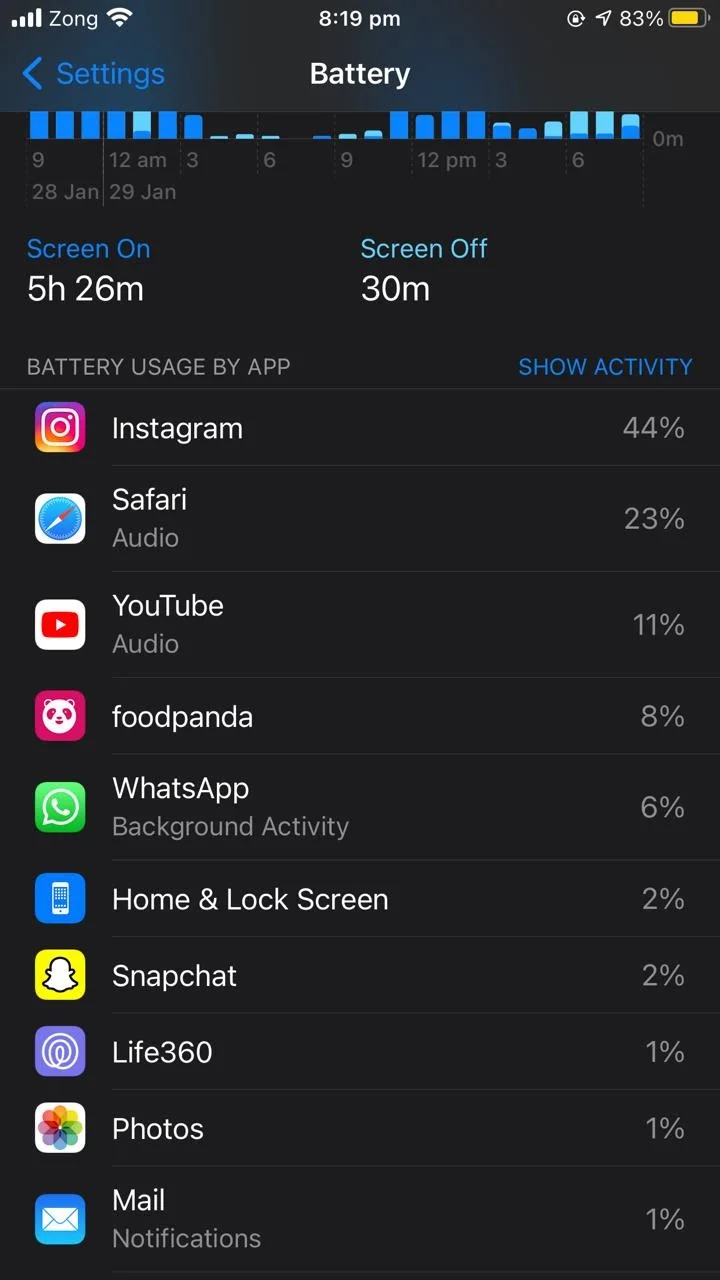
Why do apps run in the background iPhone?
Different apps have different reasons for running in the background, including:
1. Background data fetch
Some apps need to fetch data from a server at regular time intervals to update their content. These apps usually do this in the background.
It usually takes a few seconds and minimal CPU and battery to perform background data fetch. How fast the fetch is performed is out of the developer’s control.
Apps like news, mail, weather, or social media generally run background tasks to update their data.
See also: Are Push Notifications Reliable?
2. Newsstand apps and remote notifications
Apple approved newsstand apps are permitted to download content in the background and can generate remote notifications (like breaking news alerts).
These apps are permitted to stay awake in the background and receive remote notifications anytime.
3. Bluetooth communications, audio and video VoIP
Apps that play audio in the background, e.g. music apps, can stay active in the background unless the app is shut down by the user.
Similarly, audio and video calls based on mobile data, like Whatsapp and Skype, are permitted to run in the background during calls.
Apps that communicate with Bluetooth accessories, like Apple watch, can remain awake in the background continuously.
See also: My Music Player Keeps Stopping On Android
4. Location updates
Apps to which you give permission to “always” fetch your location are allowed to run in the background at all times.
Apps like Google Maps can run in the background and use your location unless you restrict permission to “When using the app”.
Only apps performing the above tasks are permitted by iOS to run in the background and use up battery and CPU.
With these apps, even if you swipe up to remove them from your running apps, they will generally remain in a running state.
Should you keep apps running in the background iPhone?
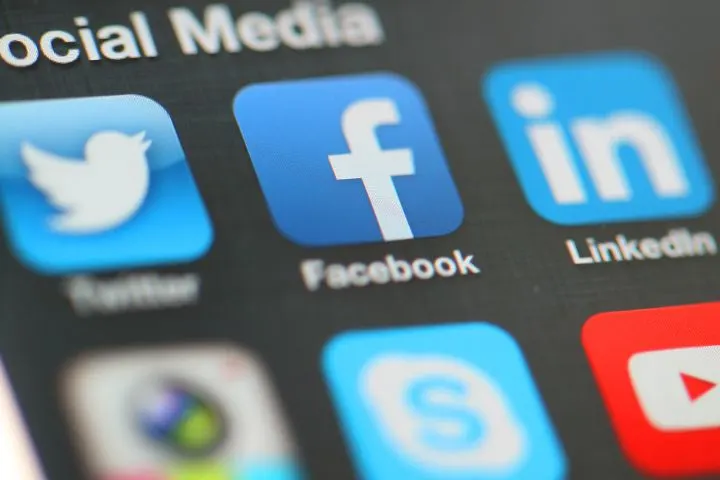
There is actually no harm in letting apps run in the background. It is a common misconception that forcing the apps running in the background to shut down will always save CPU and battery life. In reality, it may do just the opposite.
Background running apps may not affect RAM consumption or battery life on your device for several reasons:
1. Apps don’t actually “run” in the background
Apps having permission to run in the background are not actually “running”. They are in the “suspended” state, which means that they are not actively consuming the phone’s RAM and battery and become active only when needed.
Apps you see running in the app switcher (double-pressing the home button) are maintained to offer fast app switching for the user. Those apps are in a suspended state. The iPhone is quick to change the state of apps for maximum efficiency.
2. iPhone manages RAM quite efficiently
You don’t have to worry about over-burdening the iPhone’s RAM. iOS does a pretty good job at managing its resources.
So if the OS detects that some apps are not actively being used by the user for some time, it will automatically close these apps to save RAM.
When you leave the app and open another one, the iPhone automatically freezes the state of the first app so whenever you come back to it, it will be available to you in the form where you left it.
If you fail to open the frozen app during a certain time, the iPhone automatically closes that app to make room for other apps.
3. Reload time is higher for closed apps
Force closing an app that you use frequently will cause that app to reload from scratch every time you open it again.
For example, if you are chatting with a friend using the messaging app and close the app after sending each message, the app has to reload from scratch every time you open it to send a new message.
Although it is not a huge difference, it adds to total load time and CPU usage, and can negatively affect battery life on your iPhone.
4. Closing apps doesn’t make effective use of app switcher
The whole point of the app switcher on the iPhone is to make app switching faster and easier.. If you keep closing apps, it defeats that purpose.
Apple has often stated that closing apps running in the background isn’t necessary for the user.
See also: How Do I Make My iPhone Turn Off Automatically At Night?
Should I turn off background app refresh on my iPhone?
Background app refresh on the iPhone is what allows apps that run in the background to download content when needed. As a result, you as a user find up-to-date information every time you open the app.
Although app refresh is a good feature, it is a good idea to turn it off for some apps that are not needed on a continuous basis. This will not only save your battery, it will also reduce cellular data usage.
To turn off background refresh for some apps::
- Open Settings > General.
- Tap on “Background App Refresh”.
- Scroll down and toggle off the switch next to the apps that you want to turn off for background refresh.
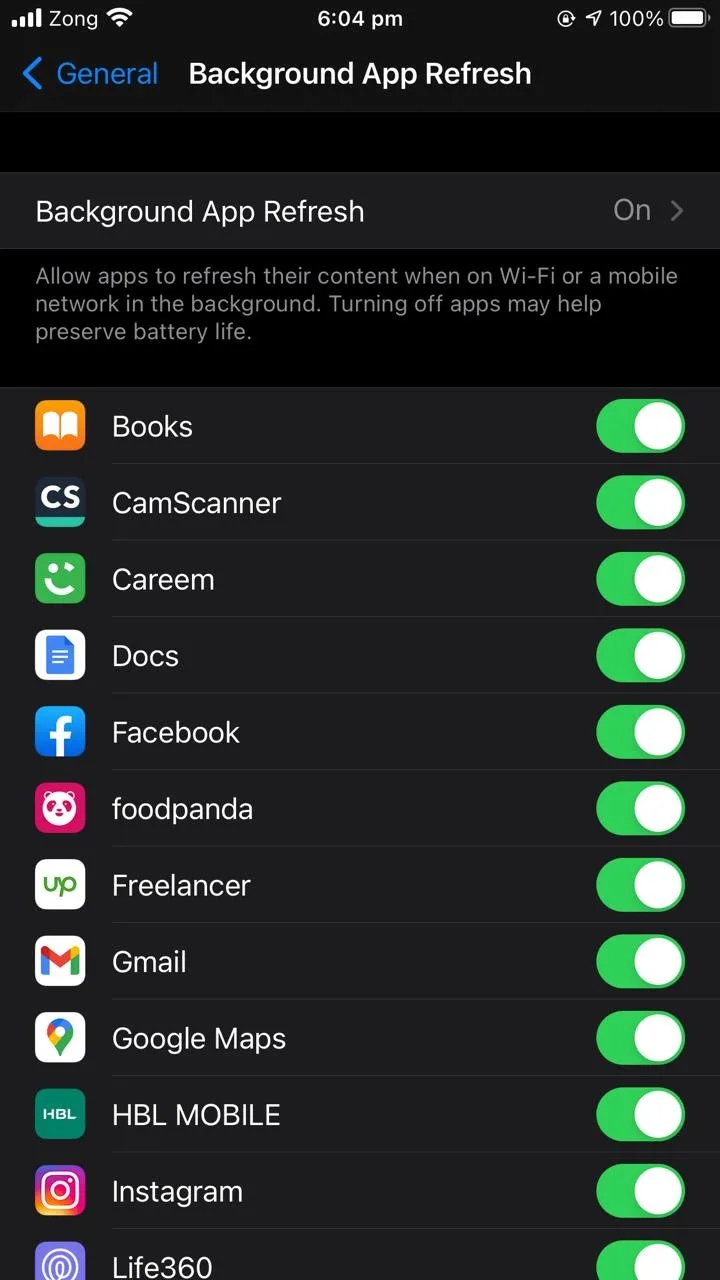
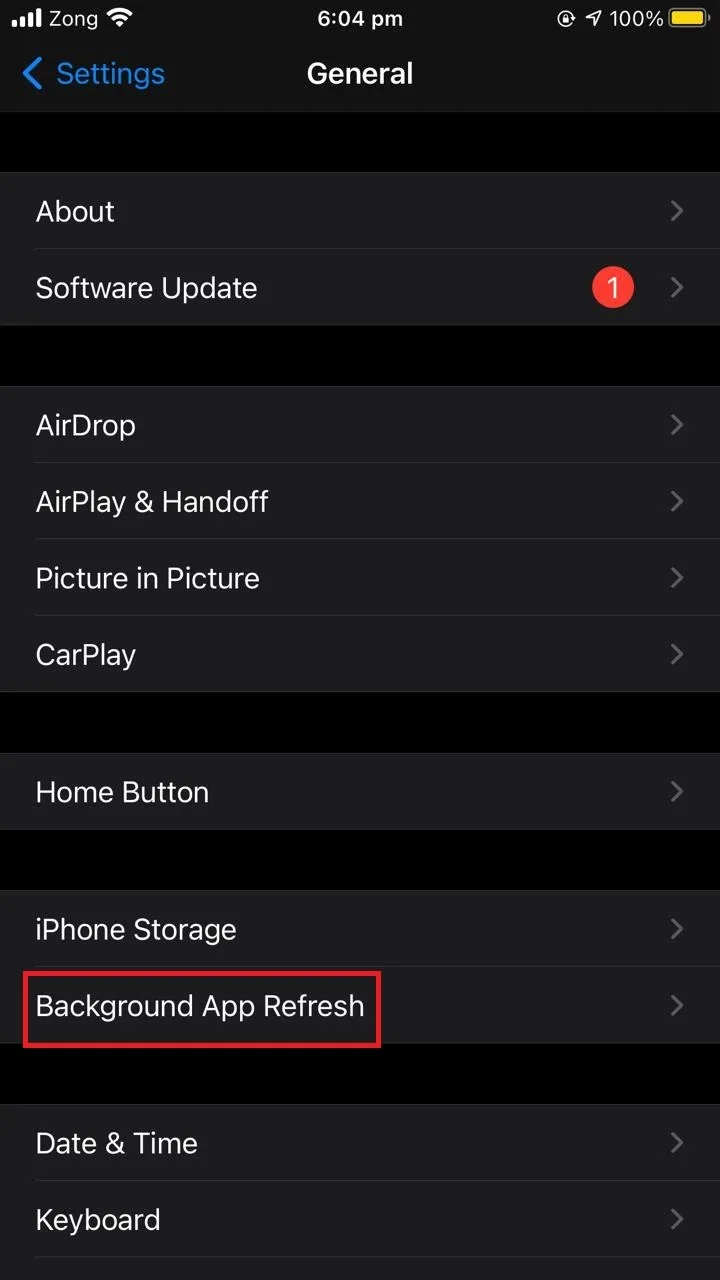
How long will an iOS app stay in the background?
iOS keeps apps running in the background for around 10 to 12 minutes of inactivity. After that, the apps are shifted from “running” state to “suspended” state unless they are actively running background processes – e.g. music or calling apps.
Suspended apps no longer use the CPU and are shifted to storage along with its frozen state after being idle (no interaction) for about 10 minutes.
When you go back to the app, the whole app along with its frozen state is loaded back into the RAM without you noticing it.
How long does Apple allow a background task to run?
Apple allocates the processor and battery to a background task for as long as 10 minutes. After that, the app is suspended and CPU time is reallocated to other apps.
iOS handles this in the background without the user noticing, effectively managing memory and other resources.
Do I need to close apps on my iPhone?
Apple does not recommend you to unnecessarily keep closing the apps running in the background, as iOS manages all this efficiently.
Apps which are not “actively running” for some time are automatically shifted to the “suspended” state so it is not consuming RAM and battery power of your device.
How do you keep apps running in the background on an iPhone?
To keep apps running in the background, you need to enable the “Background App Refresh” feature on your iPhone. To do that:
- Open “Settings” > “General”.
- Tap on “Background App Refresh”.
- Choose “Wifi and Mobile Data”
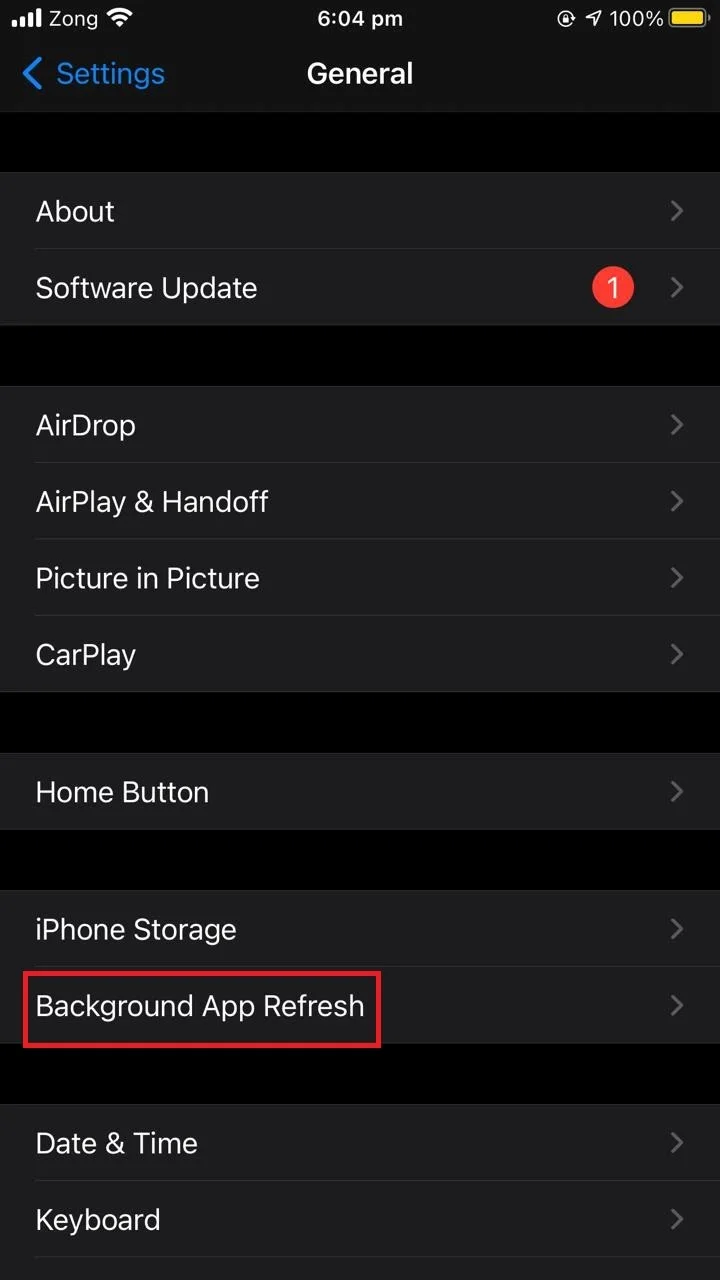
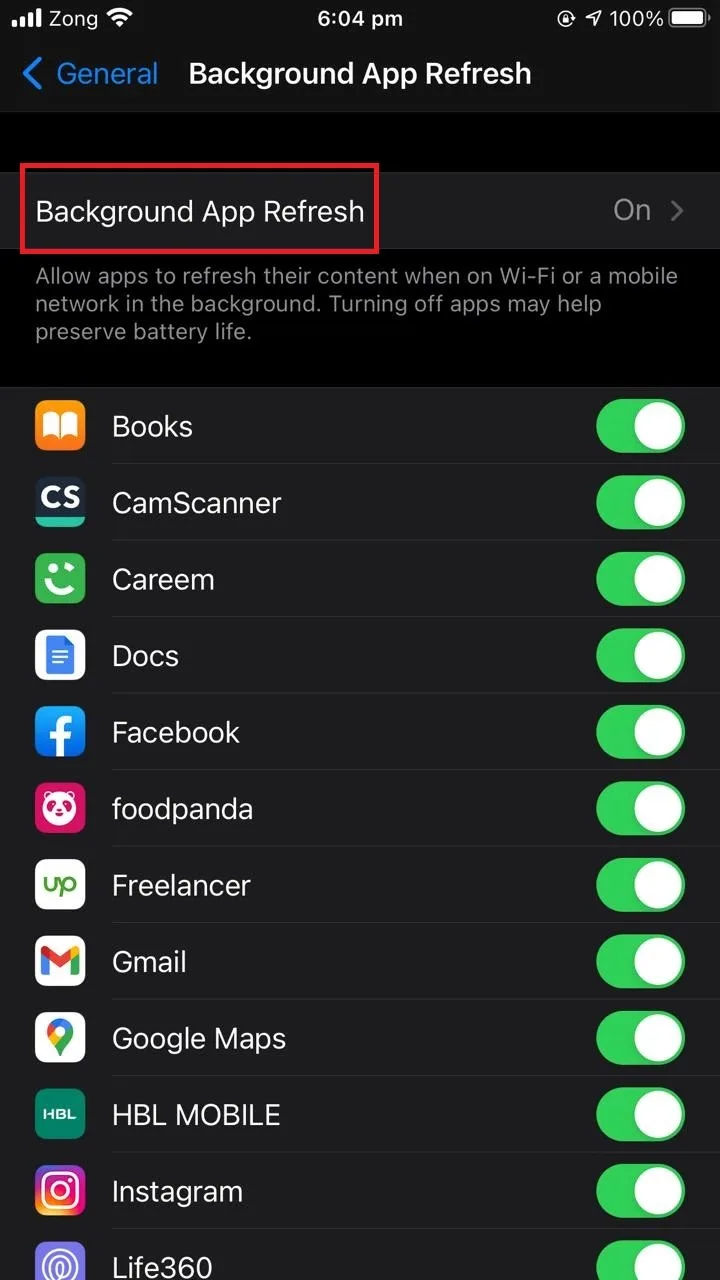
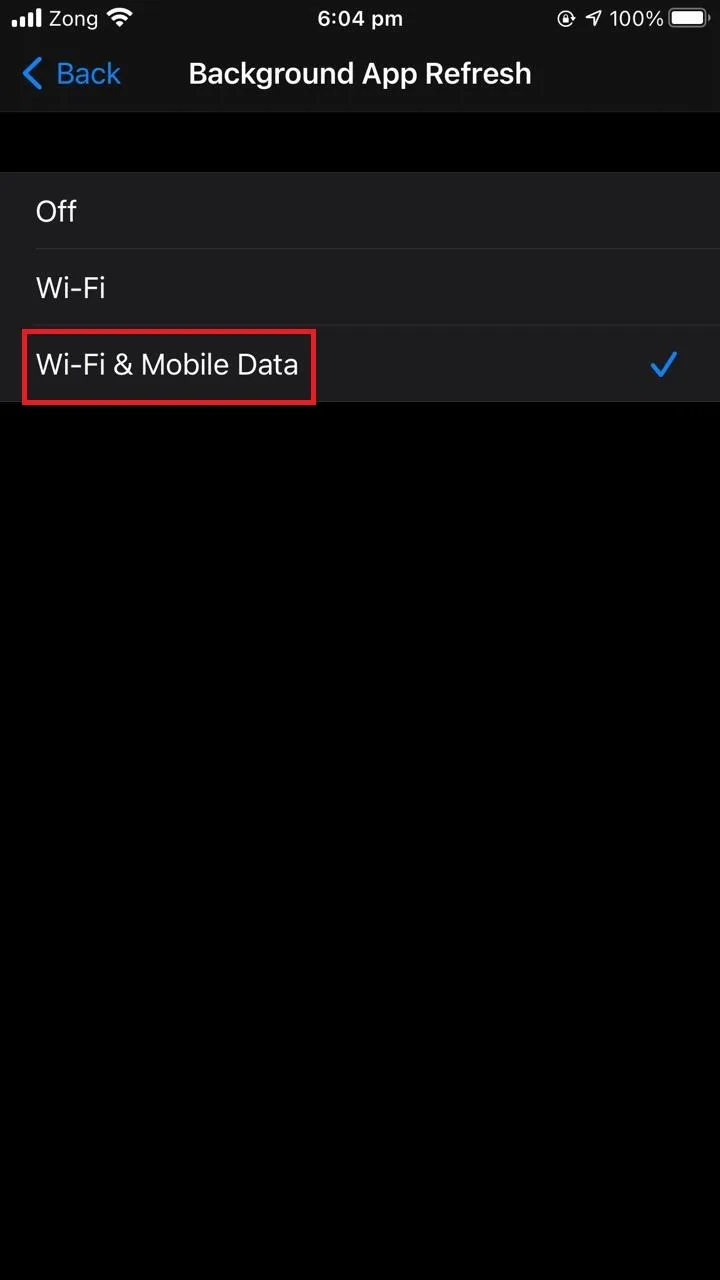
To keep your apps running for fast switching, do not force close them using the app switcher. This keeps an app in the app tray even after switching away from it, so it can be opened again quickly from the app switcher without reloading everything.

